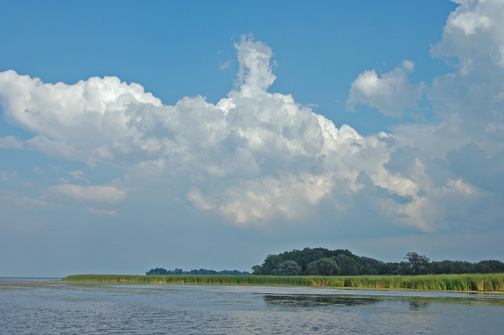 |
| Sodus Bay NY Lighthouse |
- The Great Lakes are the largest freshwater system on earth.
- The Great Lakes contain an estimated 5,500 cubic miles (22,700 cubic kilometers)of water—a fifth of all the liquid surface fresh water on Earth. And, it's enough to submerge the continental United States in nearly 10 feet of water.
- The United States draws more than 40 billion gallons (151 million liters) of water from the Great Lakes every day—half of which is used for electrical power production.
- Nearly a tenth of the U.S. population lives in the Great Lakes basin.
- More than 35 million people rely on the Great Lakes for drinking water, jobs and their way of life. That breaks down to 24 million people in the U.s. and about 9.8 million in Canada. That's roughly 8 percent of the U.S. population and 32 percent of Canada's.
- The Great Lakes support one of the world's largest regional economies, including a $7 billion fishery and $16 billion tourism industry.
- More than 3,500 species of plants and animals live in the Great Lakes basin.
- More than 170 species of fish inhabit the Great Lakes, their tributaries and connecting waterways.



